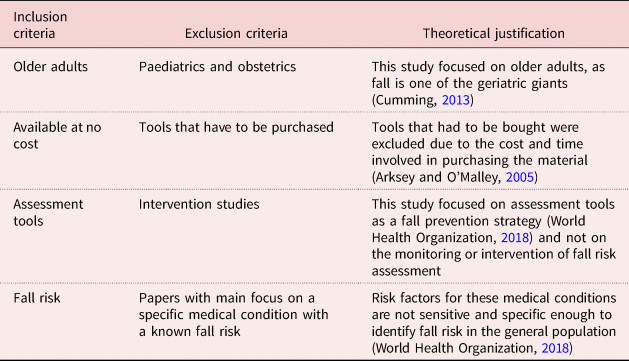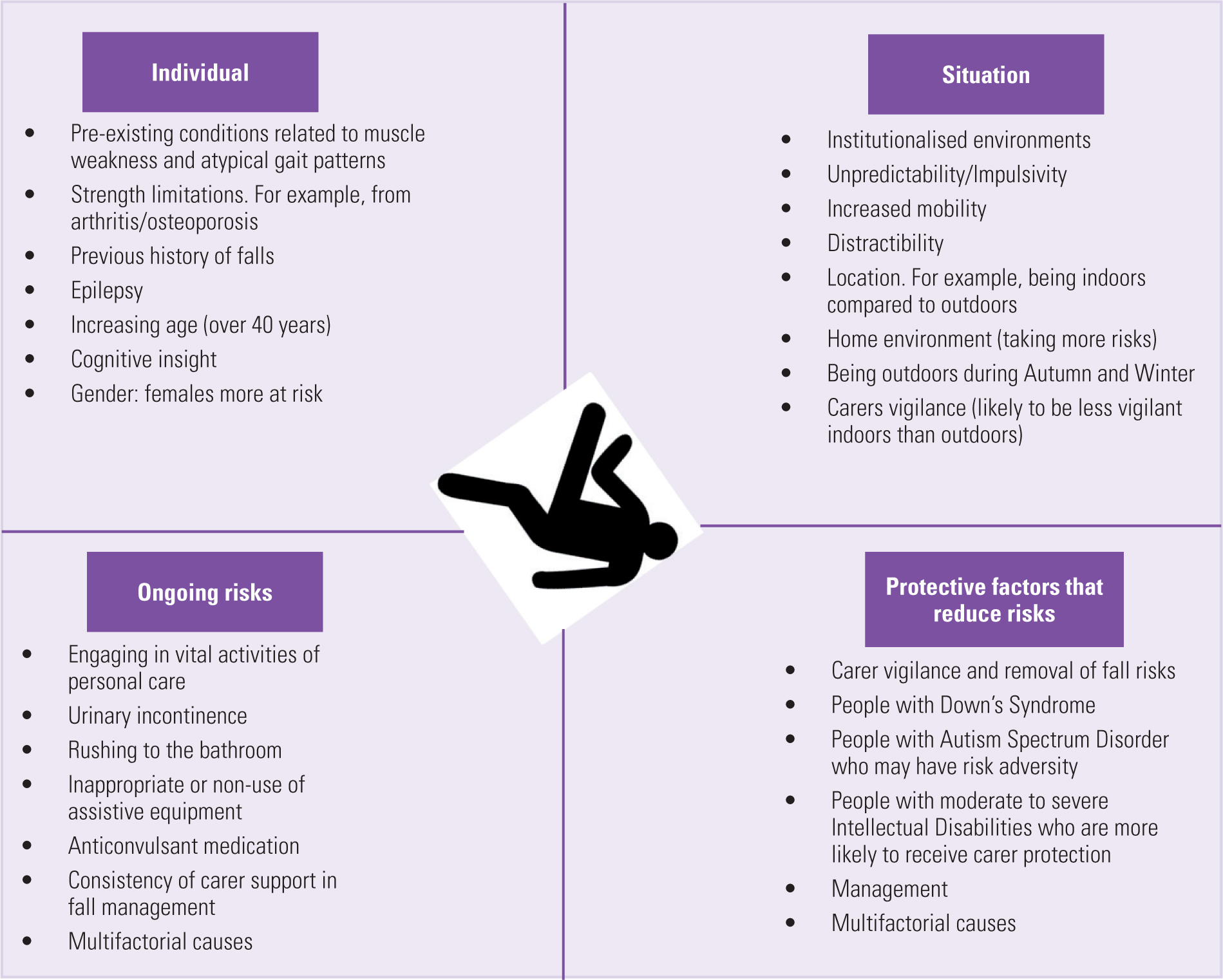The Main Principles Of Dementia Fall Risk
The Only Guide to Dementia Fall Risk
Table of ContentsLittle Known Questions About Dementia Fall Risk.A Biased View of Dementia Fall RiskSome Ideas on Dementia Fall Risk You Should KnowDementia Fall Risk for Beginners
A loss danger assessment checks to see exactly how likely it is that you will certainly fall. It is mainly done for older adults. The analysis normally includes: This includes a collection of concerns concerning your overall wellness and if you have actually had previous falls or problems with balance, standing, and/or strolling. These tools examine your toughness, balance, and gait (the way you stroll).STEADI includes screening, analyzing, and intervention. Interventions are suggestions that might lower your risk of falling. STEADI includes three actions: you for your threat of succumbing to your danger aspects that can be boosted to try to avoid drops (for instance, equilibrium troubles, impaired vision) to decrease your danger of falling by making use of effective strategies (for instance, supplying education and resources), you may be asked a number of concerns consisting of: Have you dropped in the previous year? Do you feel unsteady when standing or walking? Are you fretted about falling?, your supplier will certainly check your stamina, equilibrium, and stride, utilizing the complying with autumn evaluation tools: This test checks your gait.
You'll sit down once more. Your copyright will certainly check how much time it takes you to do this. If it takes you 12 seconds or even more, it may suggest you are at greater risk for a loss. This test checks strength and equilibrium. You'll sit in a chair with your arms went across over your upper body.
Move one foot midway onward, so the instep is touching the huge toe of your various other foot. Relocate one foot fully in front of the various other, so the toes are touching the heel of your various other foot.
The Best Guide To Dementia Fall Risk
The majority of drops happen as a result of several contributing aspects; consequently, taking care of the danger of falling starts with determining the aspects that contribute to drop danger - Dementia Fall Risk. A few of the most appropriate risk variables include: Background of prior fallsChronic clinical conditionsAcute illnessImpaired stride and balance, reduced extremity weaknessCognitive impairmentChanges in visionCertain high-risk drugs and polypharmacyEnvironmental aspects can also raise the danger for drops, including: Inadequate lightingUneven or harmed flooringWet or unsafe floorsMissing or damaged hand rails and grab barsDamaged or incorrectly fitted devices, such as beds, mobility devices, or walkersImproper use assistive devicesInadequate guidance of individuals residing in the NF, including those who show hostile behaviorsA effective loss risk monitoring program requires a complete medical analysis, with input from all participants of the interdisciplinary team

The care plan ought to also include interventions that are system-based, such as those that promote a safe environment (suitable illumination, hand rails, grab bars, and so on). The performance of the interventions ought to be assessed occasionally, and the treatment plan changed as required to show changes in the loss danger assessment. Implementing a fall threat monitoring system making use of evidence-based finest method can reduce the frequency of drops in the NF, while limiting the possibility for fall-related injuries.
Dementia Fall Risk Can Be Fun For Everyone
The AGS/BGS guideline suggests evaluating all adults matured 65 years and older for fall danger yearly. This screening is composed of asking patients whether they have actually fallen 2 or more times in the previous year or looked for medical interest for a loss, or, if they have not dropped, whether they really feel unsteady when walking.
Individuals that have fallen as soon weblink as without injury should have their balance and stride evaluated; those with gait or equilibrium problems ought to get added assessment. A history of 1 autumn without injury and without stride or equilibrium problems does not require additional analysis past ongoing annual fall risk screening. Dementia Fall Risk. A loss threat assessment is required as part of the Welcome to Medicare assessment

Getting My Dementia Fall Risk To Work
Documenting a drops history is among the quality signs for loss prevention and monitoring. An important part of danger analysis is a medication review. Numerous classes of medicines raise autumn threat (Table 2). copyright medicines in certain are independent predictors of falls. These medicines often tend to be sedating, change the sensorium, and hinder balance and stride.
Postural hypotension can frequently be eased by reducing the dosage of blood pressurelowering medications and/or stopping medicines that have orthostatic hypotension as an adverse effects. Use above-the-knee support pipe and copulating the head of the bed boosted might additionally reduce postural reductions in blood pressure. The suggested elements of a fall-focused health examination dig this are shown in Box 1.

A TUG time higher than or equal to 12 seconds recommends high autumn threat. The 30-Second Chair Stand test examines reduced extremity stamina and equilibrium. Being unable to stand up from a chair of knee height without making use of one's arms indicates enhanced loss danger. The 4-Stage Balance examination analyzes static equilibrium by having the person stand in 4 positions, each gradually extra challenging.